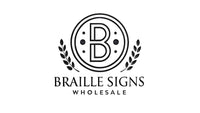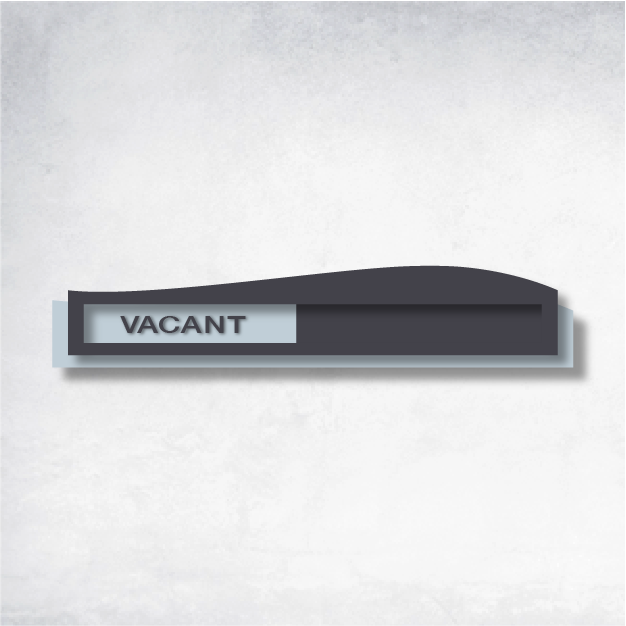Navigating the Future of Wayfinding: A Journey Through Signage Choices
In our ever-evolving world, the art of wayfinding has become a crucial element in creating seamless user experiences. As digital signage and interactive displays gain momentum, businesses face an intriguing choice: embrace the future with dynamic displays or stick with the tried-and-true traditional navigational signs. Each option brings its own set of advantages, especially when viewed through the lens of ADA compliance. Let’s delve into the world of ADA-compliant dynamic display wayfinding solutions and traditional signage to help you navigate this decision with confidence.
ADA Compliance: More Than Just a Requirement
ADA compliance in signage is more than a legal checkbox; it’s a pledge to inclusivity and accessibility. By ensuring that everyone, regardless of ability, can navigate spaces effectively, ADA-compliant signage becomes a beacon of equality. Digital signage, when crafted with ADA guidelines, can offer a symphony of visual, audio, and interactive features that elevate accessibility. On the other hand, traditional signs, such as tactile and braille signs, remain indispensable for those with visual impairments. The benefits of compliance are manifold: improved accessibility, legal protection, and heightened customer satisfaction.
The Dynamic World of Digital Signage
Digital signage is transforming the wayfinding landscape into a dynamic, interactive experience. These displays offer real-time updates and can seamlessly integrate with mobile apps, making them perfect for bustling venues. The flexibility, enhanced engagement, and ability to present complex information in a user-friendly manner are significant pros. However, they do require an initial investment and ongoing maintenance.
Customer reviews often highlight the prowess of digital signage in high-traffic areas like airports, shopping malls, and hospitals, where real-time information is vital. Businesses looking to engage visitors dynamically while adhering to ADA requirements find these solutions particularly appealing. The best ADA-compliant dynamic display wayfinding solutions strike a harmonious balance between engagement and accessibility, ensuring all users can confidently navigate spaces.
For more insights, check out the Look Digital Signage Blog and the Rise Vision Blog.
The Timeless Appeal of Traditional Navigational Signs
Traditional navigational signs, including tactile and braille signs, continue to be a cornerstone in wayfinding. They are cost-effective, easy to install, and require minimal maintenance. Their durability and straightforward delivery of essential information make them reliable. However, they lack the interactivity and updateability that digital signage offers.
Customer feedback often praises traditional signs for their simplicity and dependability, especially in smaller venues or areas with limited digital infrastructure. These signs are ideal for businesses with a tight budget or those seeking straightforward, permanent solutions.
Explore our ADA Signs for Offices for more traditional signage options.
Real-World Success Stories and ROI Insights
Case studies reveal the value of both digital and traditional signage. For example, a hospital that implemented digital signage saw a boost in patient satisfaction and reduced wait times. Meanwhile, a university that chose traditional signs across its campus enjoyed a significant return on investment by cutting down on maintenance costs.
Choosing Your Path: Digital or Traditional?
When deciding between digital signage and traditional signs, consider factors like budget, venue size, and the necessity for real-time updates. Digital signage shines in dynamic environments where information is constantly changing, while traditional signs are perfect for static locations with consistent information needs. For the best ADA-compliant dynamic display wayfinding solutions, focus on features that enhance accessibility and user engagement.
Check out our Epsilon Stair ID Sign - ADA Compliant for a reliable traditional option.
Charting the Course Ahead
In the ongoing debate between digital signage and traditional navigational signs, the choice ultimately hinges on your venue's unique needs. By weighing the benefits and limitations of each option, you can select a wayfinding solution that harmonizes engagement, compliance, and cost-effectiveness. Whether you opt for the cutting-edge capabilities of digital signage or the steadfast reliability of traditional signs, prioritizing ADA compliance will ensure all visitors can navigate your space with ease and confidence.
For further research, visit Perplexity AI Research.









